LED Light Bulb Energy Cost Breakdown: How Much to Run for a Year?
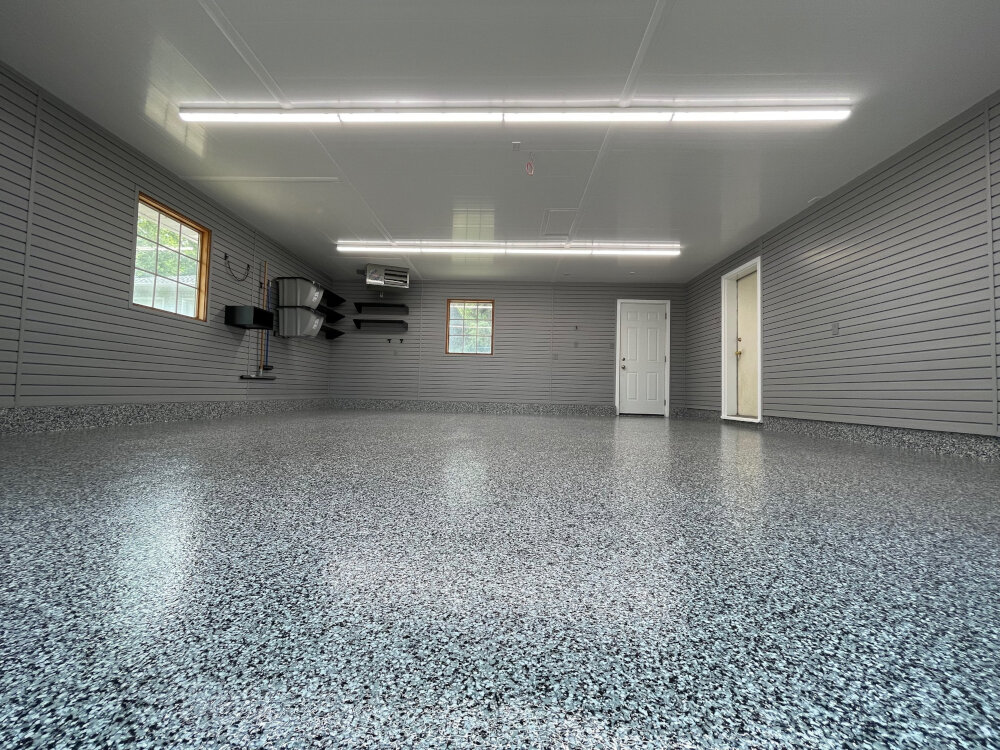
Lighting is a critical part of our lives, and it’s essential to have an energy-efficient and cost-effective lighting solution. LED light bulbs have become increasingly popular over the years due to their energy-saving properties and longer lifespan. They’re an excellent alternative to traditional incandescent bulbs and CFLs, mainly because they use less energy, produce less heat, and have a more extended life span. However, many people are still not aware of how much it costs to run an LED light bulb for a year. This article aims to provide a comprehensive breakdown of the energy cost associated with running an LED light bulb for a year. We’ll examine the various factors that contribute to the energy cost of running an LED light bulb, such as wattage, kilowatt-hour (kWh) rate, and usage time. Additionally, we’ll compare the energy cost of running LED light bulbs to traditional incandescent bulbs and CFLs to showcase the significant savings that come with using LED light bulbs. By the end of this article, you’ll have a deeper understanding of the energy cost associated with LED light bulbs and how they can help you save money on your electricity bill.
What is an LED light bulb?
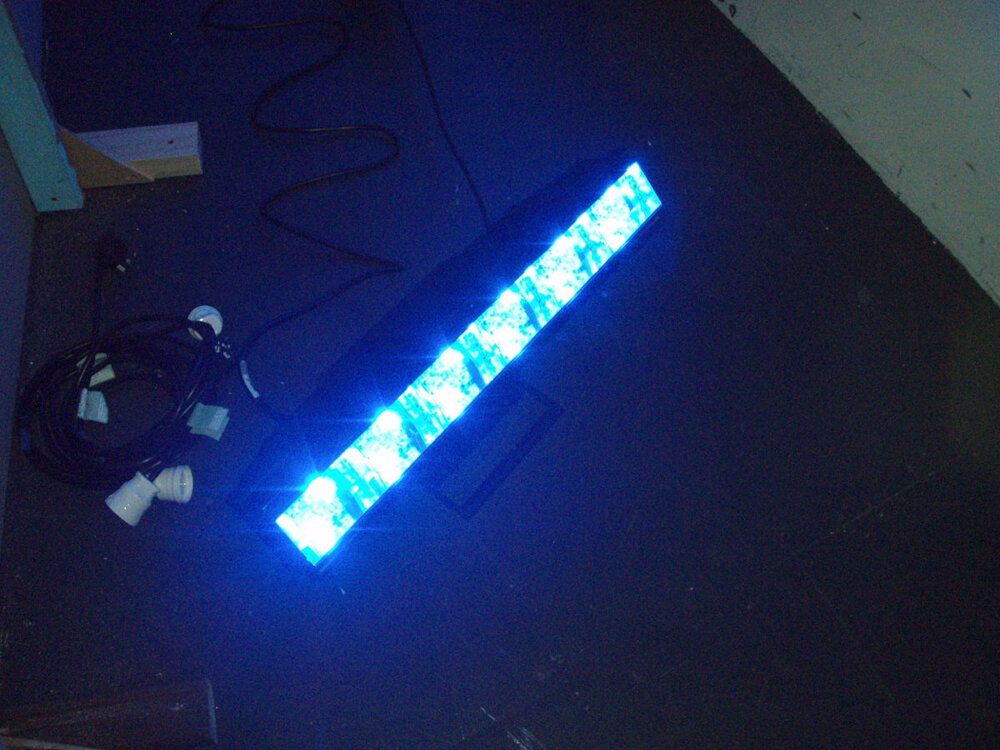
Light Emitting Diode (LED) light bulbs are a type of energy-saving lighting technology that has gained popularity over the years due to their high efficiency and long lifespan. Unlike traditional incandescent light bulbs, which generate light by heating a filament, LED bulbs produce light by passing an electric current through a semiconductor material. This process produces light that is much brighter and more efficient than traditional bulbs, making them a popular choice for homeowners and businesses looking to reduce their energy consumption and save money on their electricity bills. One of the key advantages of LED light bulbs is their energy efficiency. They use up to 80% less energy than traditional bulbs, which means they produce less heat and require less electricity to produce the same amount of light. This not only helps to reduce your electricity bills but also reduces your carbon footprint and helps to protect the environment. Additionally, LED bulbs have a much longer lifespan than traditional bulbs, with some models lasting up to 25,000 hours or more. This means that you’ll need to replace them less frequently, reducing waste and saving you money in the long run.
An LED light bulb works by using a semiconductor to convert electricity into light. When an electric current passes through the semiconductor, it stimulates the electrons, causing them to release energy in the form of photons. The color of the light emitted by an LED is determined by the materials used to create the semiconductor. Unlike traditional incandescent light bulbs, which waste a significant amount of energy as heat, LED bulbs are much more energy-efficient. They use up to 80% less electricity to produce the same amount of light and last up to 25 times longer. This makes them a cost-effective and environmentally-friendly lighting option for both homes and businesses.
LED light bulbs have become increasingly popular due to their numerous advantages over traditional bulbs. One of the primary benefits of LED bulbs is their energy efficiency. They consume significantly less energy and have a much longer lifespan than traditional bulbs, making them a cost-effective option in the long run. LED bulbs also emit less heat, making them safer to use and reducing the risk of fire. Additionally, LED bulbs are available in a range of brightness levels and color temperatures, providing greater flexibility in lighting design. Overall, LED bulbs are a smart choice for anyone looking to save money on energy costs while enjoying high-quality lighting.
Calculating the cost of running an LED light bulb
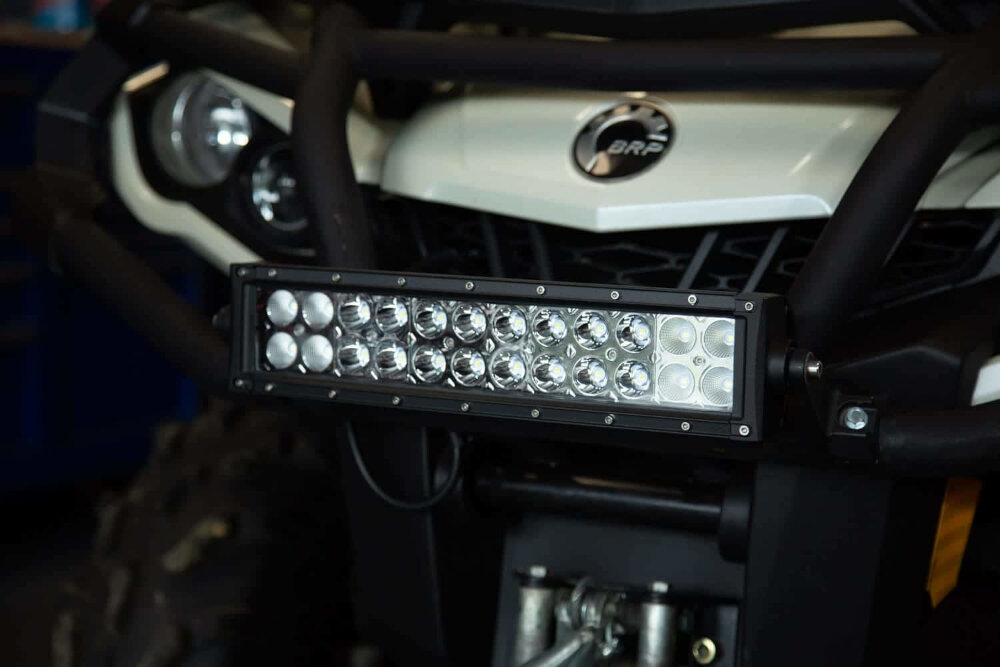
Calculating the cost of running an LED light bulb is essential for maintaining energy efficiency in your home or office. LED bulbs are known for their superior energy efficiency and long lifespan, but they still consume electricity and can add to your energy bills. By calculating the cost of running your LED bulbs, you can make informed decisions about your energy usage and save money in the long run. The formula for calculating the cost of running an LED bulb is relatively simple. You need to know the wattage of the bulb, the price of electricity per kilowatt-hour (kWh), and the number of hours the bulb is used each day. Multiply the wattage of the bulb by the hours of use per day, then divide by 1000 to convert to kilowatt-hours. Finally, multiply the result by the price of electricity per kWh to get the daily cost of running the bulb. Repeat this calculation for the whole year to get the total cost of running the bulb for a year. LED bulbs are known for their superior energy efficiency compared to traditional incandescent bulbs. They consume much less energy and last much longer, making them a popular choice for homes and businesses. However, even LED bulbs consume electricity and can contribute to your energy bills. Calculating the cost of running an LED bulb is essential for maintaining energy efficiency and keeping your energy bills under control. By using the formula for calculating energy costs, you can make informed decisions about your energy usage and find ways to save money on your energy bills. Additionally, using energy-efficient LED bulbs can help reduce your carbon footprint and contribute to a more sustainable future for our planet.
There are several factors that can affect the energy cost of an LED bulb. One of the most significant factors is the wattage of the bulb, as higher wattage bulbs require more energy to operate. Another important factor is the number of hours the bulb is used per day, as this will directly impact the total amount of energy consumed over time. Additionally, the cost of electricity in the region where the bulb is being used can also have a significant impact on the overall energy cost. Other factors to consider include the efficiency of the bulb, which can vary depending on the manufacturer, and any additional features such as dimming capabilities or smart technology, which may also impact energy consumption. By taking these factors into account, consumers can make informed decisions about which LED bulbs will be the most energy-efficient and cost-effective for their needs.
Kilowatthours (kWh) are a unit of measurement used to calculate the energy consumption of electronic devices. It is calculated by multiplying the power (in watts) by the time (in hours) the device is in use. Understanding kWh is important to estimate the energy cost of running an electronic device over a period of time. For example, when considering the cost of running an LED light bulb for a year, knowing the wattage and the number of hours it will be used each day can help determine the kWh used and the overall cost. By understanding kWh, consumers can make informed decisions about their energy consumption and find ways to reduce their energy bills.
Calculating the energy cost of an LED bulb is a simple process that involves a few key pieces of information. To start, you’ll need to know the wattage of the bulb and the number of hours it will be in use each day. From there, you can determine the kilowatt-hours (kWh) used per day by dividing the wattage by 1,000 and multiplying that by the number of hours in use. Next, multiply the kWh by the cost of electricity in your area (usually measured in cents per kWh) to find the daily operating cost. Finally, multiply the daily cost by the number of days in a year to get the total annual cost of running the LED bulb. With this calculation in hand, you can make an informed decision about which bulbs to use in your home or business, balancing energy efficiency and cost-effectiveness.
Comparison of LED bulb energy costs to traditional bulbs
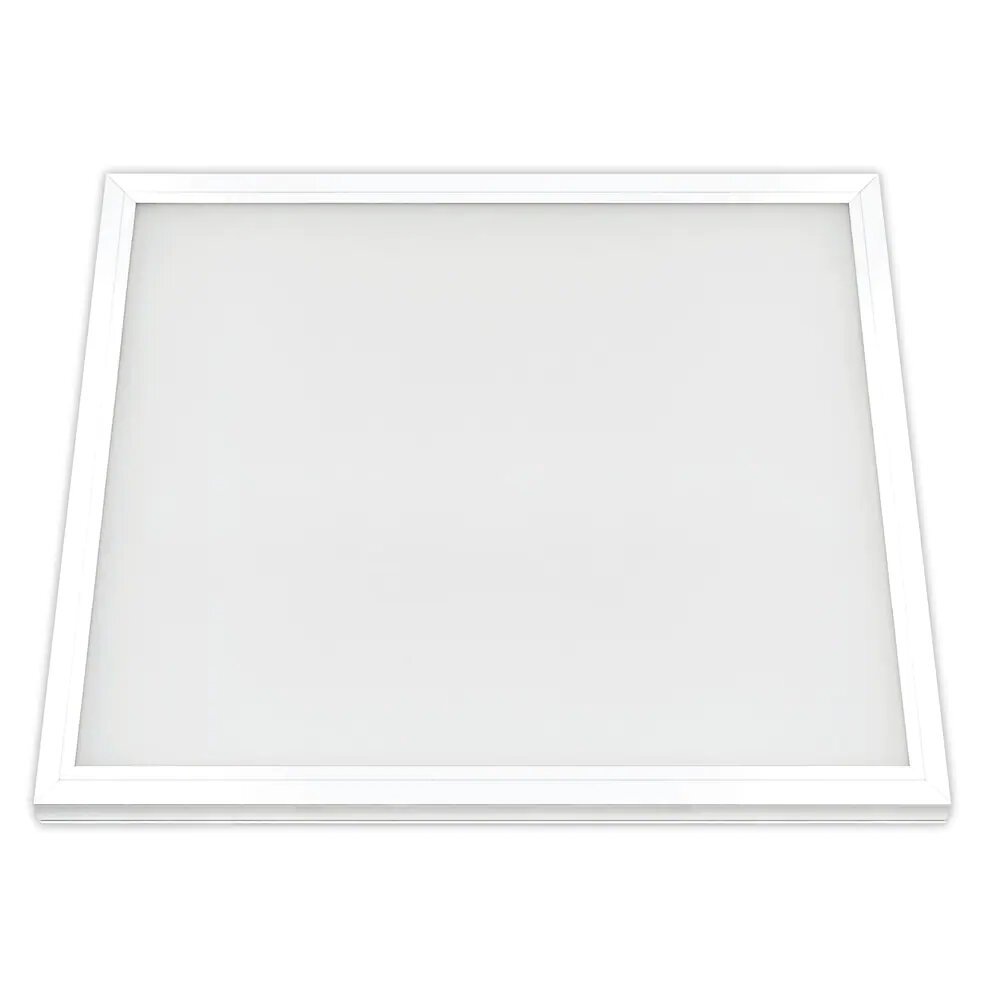
One of the most significant advantages of LED bulbs over traditional incandescent bulbs is their energy efficiency. LED bulbs use significantly less energy to produce the same amount of light as traditional bulbs. According to the US Department of Energy, LED bulbs use at least 75% less energy than incandescent bulbs. This reduction in energy usage translates into significant cost savings over time. While the initial cost of an LED bulb may be higher than that of a traditional bulb, the energy cost savings over the lifetime of the bulb make up for the difference. In fact, it is estimated that an LED bulb can save up to $80 in energy costs over its lifetime when compared to a traditional incandescent bulb. Another advantage of LED bulbs is their longer lifespan. LED bulbs can last up to 25 times longer than traditional bulbs. This means that not only will you save money on energy costs, but you will also save money on replacement bulbs. With traditional bulbs, you may need to replace them every few months, but with LED bulbs, you may only need to replace them every few years. LED bulbs are also more durable than traditional bulbs, making them less likely to break or shatter. Overall, LED bulbs are a smart choice for those looking to save money on energy costs and reduce their environmental impact.
The cost savings of LED bulbs over incandescent bulbs are significant when considering the long-term expenses. LED bulbs last 25 times longer than incandescent bulbs, and their energy consumption is up to 80% less. This means that while incandescent bulbs may be cheaper upfront, they will need to be replaced much more frequently, resulting in higher overall costs. Additionally, LED bulbs produce less heat, which can save on cooling costs. While LED bulbs may have a higher initial cost, their energy efficiency and longevity make them a more cost-effective choice in the long run.
LED bulbs are a popular and energy-efficient alternative to traditional halogen bulbs. One of the main advantages of using LED bulbs is the significant cost savings they can provide over time. LED bulbs typically use up to 80% less energy than halogen bulbs, which means that they cost much less to run. In addition, LED bulbs have a longer lifespan than halogen bulbs, which reduces the need for frequent replacement and maintenance costs. So, while LED bulbs may be more expensive to purchase initially, they can save you a considerable amount of money in the long run. Furthermore, LED bulbs are eco-friendly and produce less heat, which can also contribute to further energy savings.
Tips for reducing LED bulb energy costs
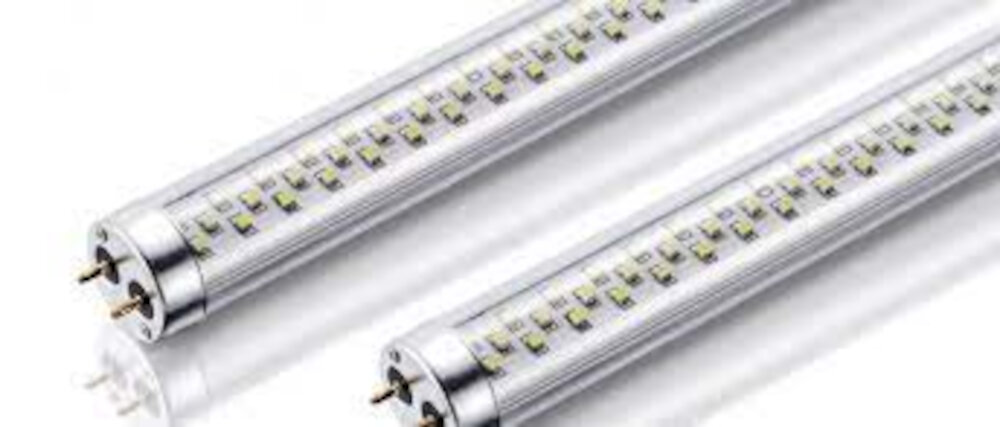
LED light bulbs are an excellent solution for those looking to reduce their energy bills. One of the primary reasons for this is because they use significantly less energy than traditional incandescent bulbs. However, there are still some things you can do to further reduce your LED bulb energy costs. One of the easiest ways to achieve this is by ensuring that you are using the correct wattage for the space you are trying to light. Many people make the mistake of using bulbs that are too powerful for the room they are in. This not only wastes energy but can also be harmful to your eyes. To avoid this, it is important to choose the right wattage for your space. Another way to reduce your LED bulb energy costs is by turning off your lights when they are not in use. Many people leave their lights on throughout the day, even when they are not in the room. This is a huge waste of energy and can lead to a significant increase in your energy bills. To avoid this, be sure to turn off your lights when you leave a room. You can also consider investing in motion-activated lights, which will automatically turn off when they are not in use. By taking these simple steps, you can significantly reduce your LED bulb energy costs and enjoy all the benefits of this energy-efficient lighting option.
When it comes to choosing the right LED bulb for your needs, there are a few key factors to consider. Firstly, think about the brightness and color temperature that you require for the space in which the bulb will be used. This will ensure that the light is suitable for the purpose, whether it be for reading, working, or relaxing. Secondly, consider the wattage and lumens of the bulb, as this will determine the energy efficiency and cost of running the bulb. Look for bulbs with a high lumens-to-watts ratio for maximum efficiency. Finally, check the lifespan and warranty of the bulb, as this will give you an indication of its durability and reliability in the long term. By taking these factors into account, you can choose an LED bulb that meets your needs and saves you money on energy costs in the long run.
Using LED bulbs in the right way is essential to maximize their energy-saving potential. Firstly, it’s vital to choose the right bulb for the intended use, ensuring the right brightness and color temperature. Secondly, it’s important to use the bulb in the right fixture and avoid using it in enclosed spaces where heat can accumulate, causing the bulb to overheat and reduce its lifespan. Thirdly, turning off the light when leaving a room is crucial to saving energy and reducing the bulb’s running cost. Lastly, regular cleaning of the bulb and fixture can help maintain optimal brightness and prevent dirt from accumulating, which can also reduce the bulb’s lifespan. By following these simple steps, LED bulbs can be a cost-effective and energy-efficient lighting solution for any household or business.
Taking advantage of energy-saving features is crucial to reducing your electricity bill and minimizing your carbon footprint. LED light bulbs are an excellent example of an energy-efficient technology that can save you money in the long run. By making the switch to LED bulbs, you can reduce your energy consumption by up to 80% compared to traditional incandescent bulbs. Additionally, LED bulbs are designed to last significantly longer, which means fewer replacements and less waste. To maximize your savings, it’s important to choose the right LED bulb for your needs and take advantage of features such as dimming and timer settings. With the right approach, you can enjoy all the benefits of LED lighting while reducing your environmental impact and saving money on your energy bills.
LED light bulbs are an excellent choice for your home lighting needs, offering a cost-effective and energy-efficient option that can help you save money and reduce your environmental impact. With a little bit of knowledge about the factors that affect energy costs and how to calculate them, you can make informed decisions when it comes to selecting the right bulbs for your home. By switching to LED bulbs, you can enjoy bright, vibrant light while also reducing your energy consumption and lowering your monthly bills. So why wait? Make the switch to LED bulbs today and start enjoying the many benefits they have to offer!
Conclusion
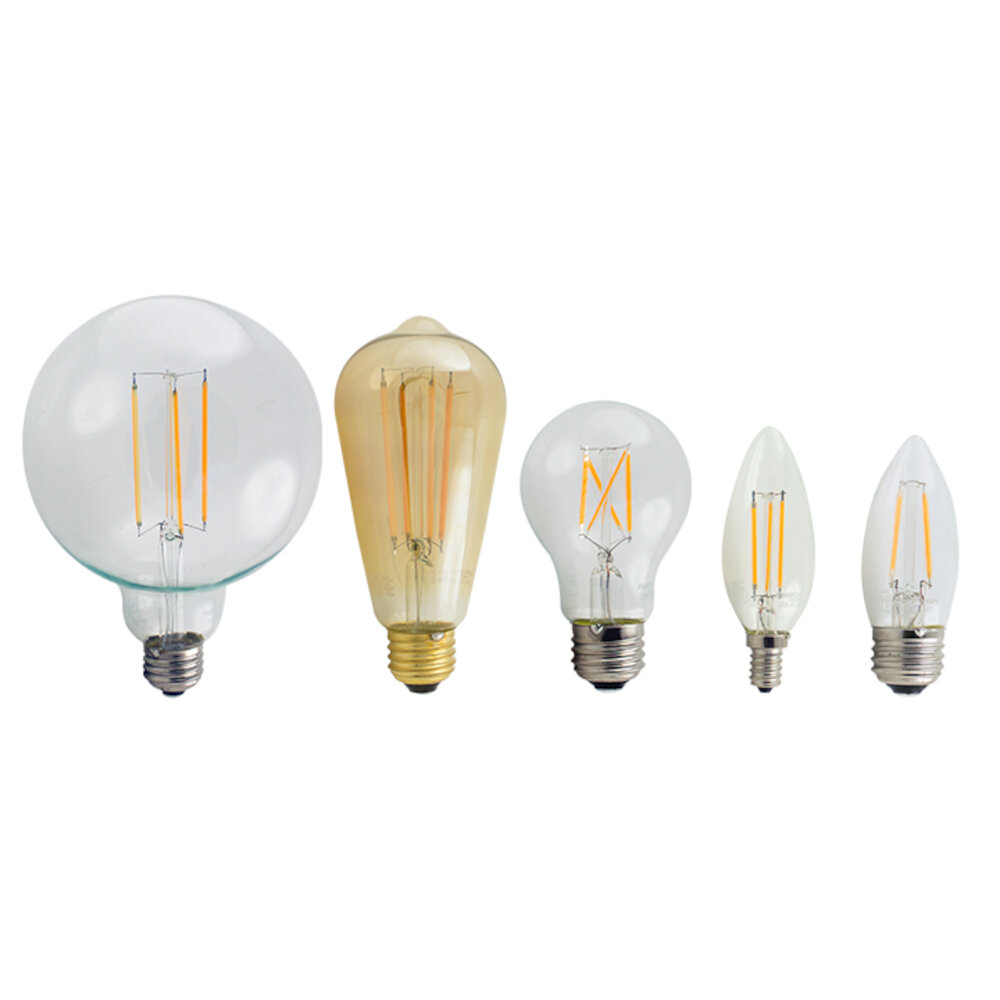
In conclusion, LED light bulbs are a cost-effective and energy-efficient lighting option for both residential and commercial use. While the initial cost may be slightly higher than traditional incandescent bulbs, the long-term savings in energy costs make them a wise investment. By understanding the energy cost breakdown of LED light bulbs and how much they cost to run for a year, consumers can make informed decisions about their lighting choices. LED technology continues to improve, and as it does, we can expect even greater energy savings and longer lifespans from these innovative light bulbs. It is clear that LED light bulbs are an excellent choice for anyone looking to save money on their energy bills while also reducing their carbon footprint.




